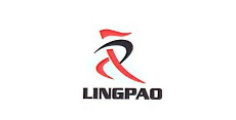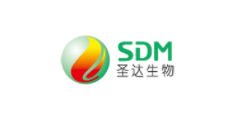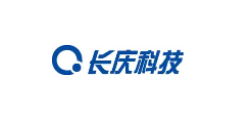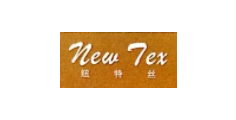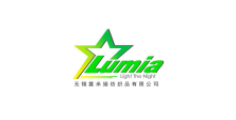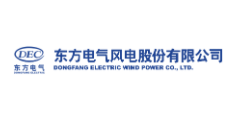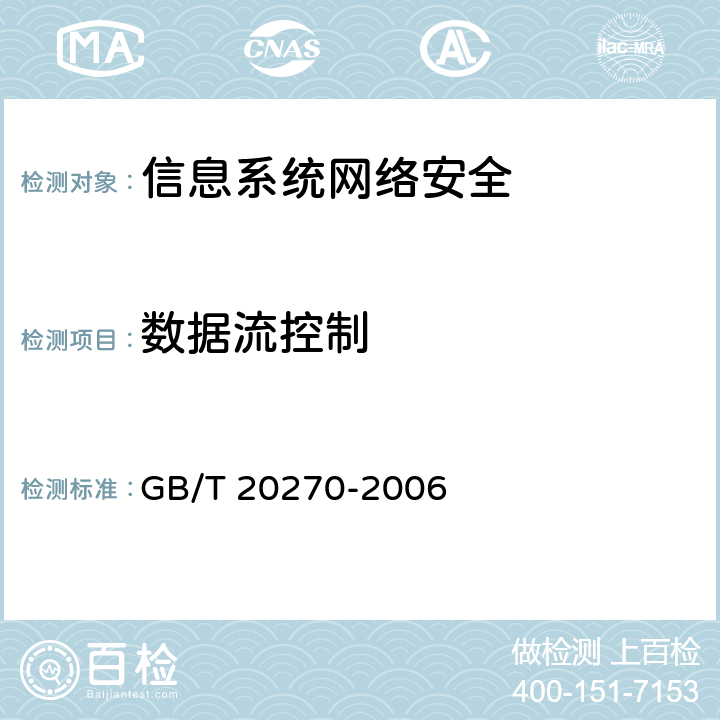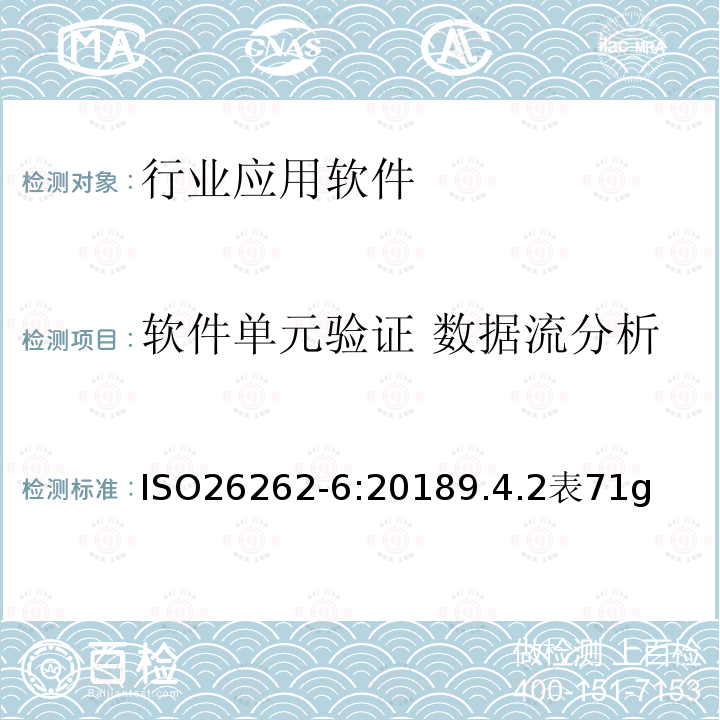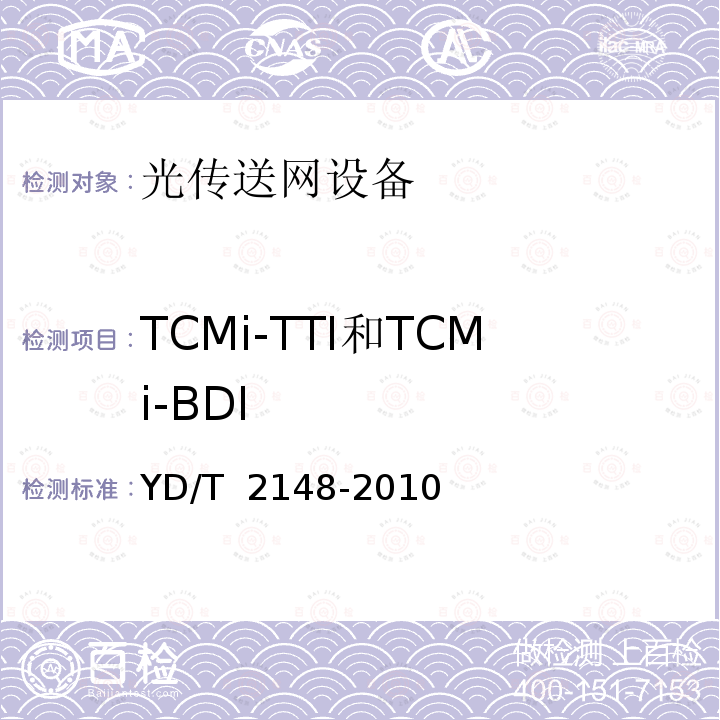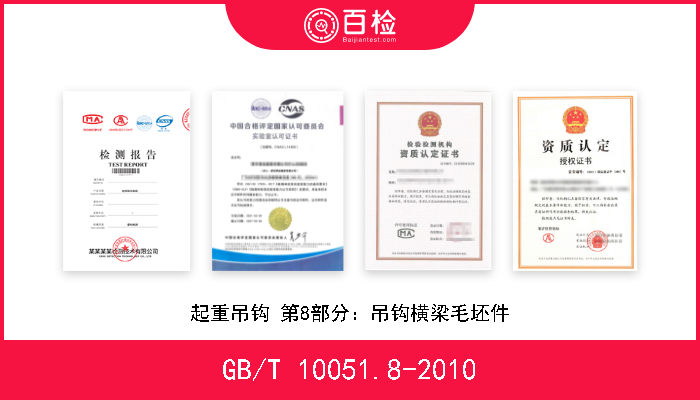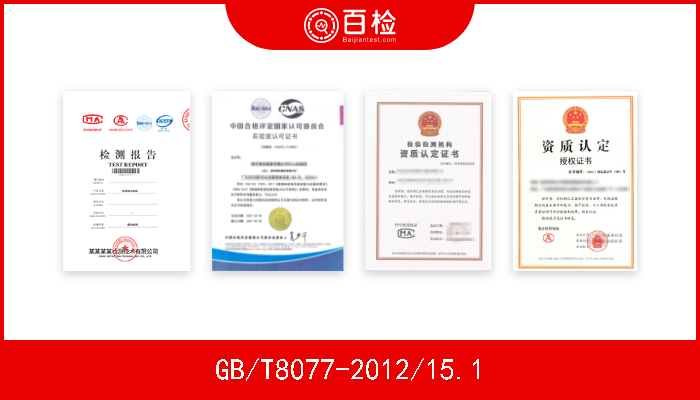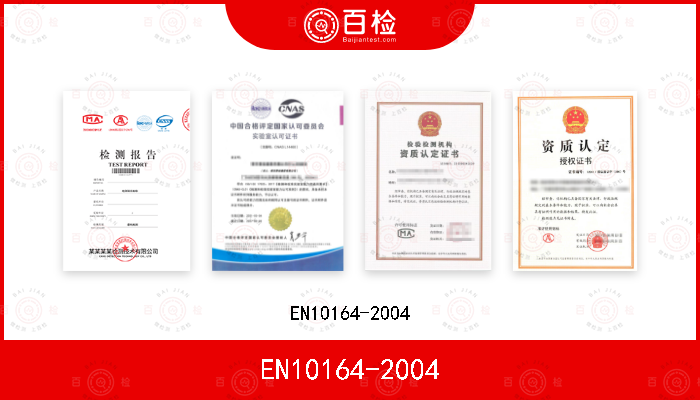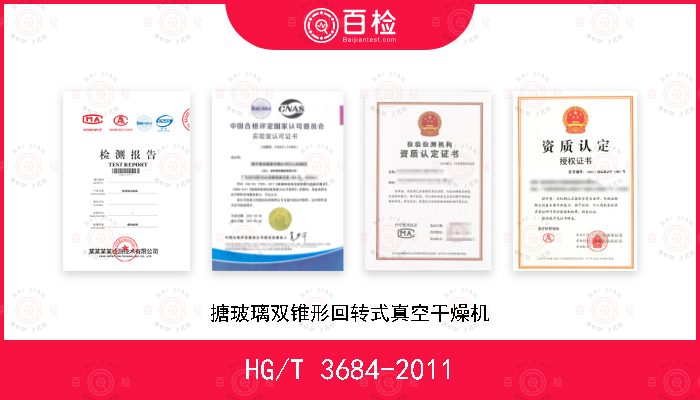BS DD CEN ISO/TS 18234-5-2006 交通和旅行信息(TTI).通过传送协议专家组(TPEG)的数据流的TTI.局部参照信息
百检网 2021-07-15
标准号:BS DD CEN ISO/TS 18234-5-2006
中文标准名称:交通和旅行信息(TTI).通过传送协议专家组(TPEG)的数据流的TTI.局部参照信息
英文标准名称:Traffic and travel information (TTI) - TTI via transport protocol expert group (TPEG) data-streams - Public transport information (PTI) application
标准类型:R85
发布日期:2006/6/30 12:00:00
实施日期:2006/6/30 12:00:00
中国标准分类号:R85
国际标准分类号:35.240.60
适用范围:This Technical Specification describes the Public Transport Information (PTI) Application, which is intended to cover all modes of public (i.e. collective) transport as well as inter-urban and intra-urban travel. The application is designed to allow the efficient and language independent delivery of public transport information directly from service provider to end-users. The term “application” is used in TPEG specifications to describe specific applications, such as in this case the public transport information application, which comprises three information containers: the message management container, the application event container and the TPEG-location container. The first two containers are fully described herein and the TPEG-location container is described in CEN ISO/TS 18234-6. Each TPEG Application (e.g. TPEG-PTI) is assigned a unique number that is called the Application IDentification (AID). An AID is defined whenever a new application is developed. The AID is used within the TPEG-Service and Network Information Application (CEN ISO/TS 18234-3) to indicate how to process TPEG content and allows routing of data to an appropriate Application decoder. AID = 0002 (hex) is assigned to the TPEG-PTI application, described in this specification. The TPEG-PTI application aims at describing “legs” of a journey also described as “rides” by other methodologies. However, it is important to note that TPEG-PTI is not limited to describing single services, because it also allows the more general description of route, service and area-wide problems. Public (or collective) transport information is usually consumed in one of four principle ways as follows: Leader board information as used at stations or terminals; A report on the state of a network; The description of an individual service; As a news flash report. The elements needed to provide information for any one of the four end-user presentation modes are largely the same. The end-user focus of TPEG applications makes it useful to be able to mimic presentations, to which end-users are accustomed, for example a railway station indicator board. TPEG-PTI messages can therefore group data elements to present one of the following end-user presentation modes: Incident message report; Station/terminal information; Route information; Individual service information. It is important to bear in mind that these end-user presentation modes are merely presentational aides; they have little to do with the content in the individual data elements. They do, however indicate how data elements must be grouped if a presentation in any of these views is intended. Unlike the TPEG-RTM application (CEN ISO/TS 18234-4), TPEG-PTI benefits from the nodal structure of public transport, making use of its discrete start, end and stopping points as well as being limited to fixed, be it real or virtual, routes.
中文标准名称:交通和旅行信息(TTI).通过传送协议专家组(TPEG)的数据流的TTI.局部参照信息
英文标准名称:Traffic and travel information (TTI) - TTI via transport protocol expert group (TPEG) data-streams - Public transport information (PTI) application
标准类型:R85
发布日期:2006/6/30 12:00:00
实施日期:2006/6/30 12:00:00
中国标准分类号:R85
国际标准分类号:35.240.60
适用范围:This Technical Specification describes the Public Transport Information (PTI) Application, which is intended to cover all modes of public (i.e. collective) transport as well as inter-urban and intra-urban travel. The application is designed to allow the efficient and language independent delivery of public transport information directly from service provider to end-users. The term “application” is used in TPEG specifications to describe specific applications, such as in this case the public transport information application, which comprises three information containers: the message management container, the application event container and the TPEG-location container. The first two containers are fully described herein and the TPEG-location container is described in CEN ISO/TS 18234-6. Each TPEG Application (e.g. TPEG-PTI) is assigned a unique number that is called the Application IDentification (AID). An AID is defined whenever a new application is developed. The AID is used within the TPEG-Service and Network Information Application (CEN ISO/TS 18234-3) to indicate how to process TPEG content and allows routing of data to an appropriate Application decoder. AID = 0002 (hex) is assigned to the TPEG-PTI application, described in this specification. The TPEG-PTI application aims at describing “legs” of a journey also described as “rides” by other methodologies. However, it is important to note that TPEG-PTI is not limited to describing single services, because it also allows the more general description of route, service and area-wide problems. Public (or collective) transport information is usually consumed in one of four principle ways as follows: Leader board information as used at stations or terminals; A report on the state of a network; The description of an individual service; As a news flash report. The elements needed to provide information for any one of the four end-user presentation modes are largely the same. The end-user focus of TPEG applications makes it useful to be able to mimic presentations, to which end-users are accustomed, for example a railway station indicator board. TPEG-PTI messages can therefore group data elements to present one of the following end-user presentation modes: Incident message report; Station/terminal information; Route information; Individual service information. It is important to bear in mind that these end-user presentation modes are merely presentational aides; they have little to do with the content in the individual data elements. They do, however indicate how data elements must be grouped if a presentation in any of these views is intended. Unlike the TPEG-RTM application (CEN ISO/TS 18234-4), TPEG-PTI benefits from the nodal structure of public transport, making use of its discrete start, end and stopping points as well as being limited to fixed, be it real or virtual, routes.
百检能给您带来哪些改变?
1、检测行业全覆盖,满足不同的检测;
2、实验室全覆盖,就近分配本地化检测;
3、工程师一对一服务,让检测更精准;
4、免费初检,初检不收取检测费用;
5、自助下单 快递免费上门取样;
6、周期短,费用低,服务周到;
7、拥有CMA、CNAS、CAL等权威资质;
8、检测报告权威有效、中国通用;
客户案例展示
相关商品
版权与免责声明
①本网注名来源于“互联网”的所有作品,版权归原作者或者来源机构所有,如果有涉及作品内容、版权等问题,请在作品发表之日起一个月内与本网联系,联系邮箱service@baijiantest.com,否则视为默认百检网有权进行转载。
②本网注名来源于“百检网”的所有作品,版权归百检网所有,未经本网授权不得转载、摘编或利用其它方式使用。想要转载本网作品,请联系:service@baijiantest.com。已获本网授权的作品,应在授权范围内使用,并注明"来源:百检网"。违者本网将追究相关法律责任。
③本网所载作品仅代表作者独立观点,不代表百检立场,用户需作出独立判断,如有异议或投诉,请联系service@baijiantest.com
最新资讯

